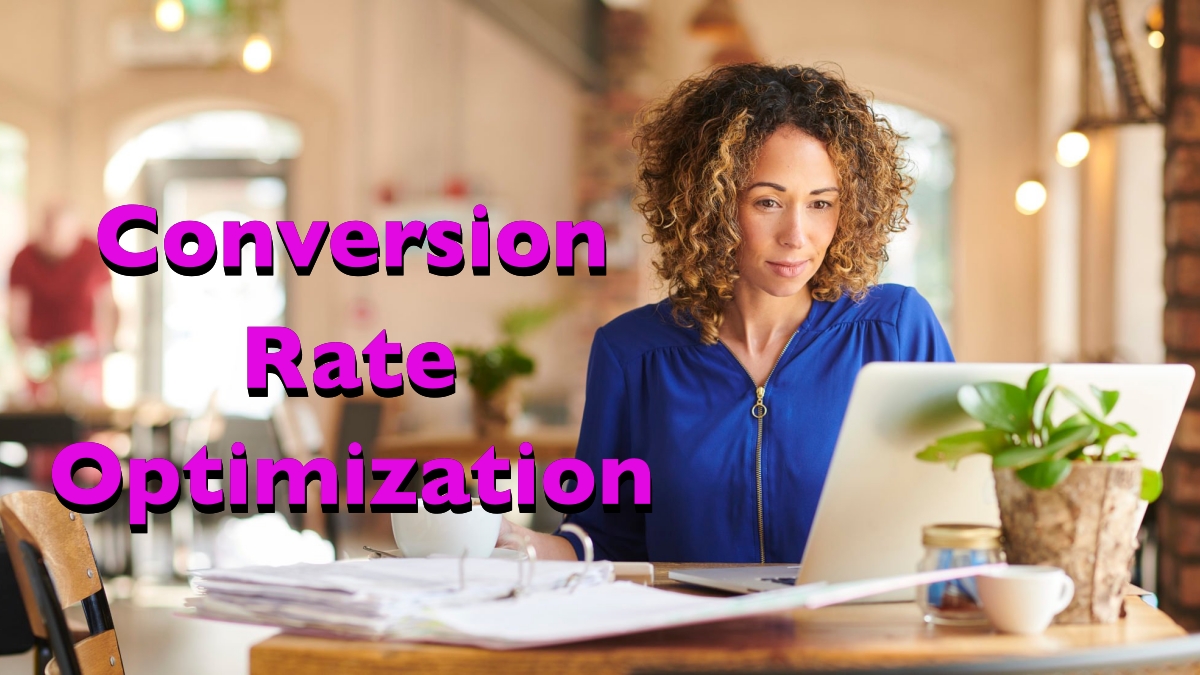Almost everyone in web design and digital marketing is familiar with the term search engine optimization or SEO. However, the more important metric is arguably CRO or conversion rate optimization. This is the rate at which those who see your page end up becoming paying customers. Like SEO, the advice you’ve heard for years about how to optimize your site may be out of date. Here are the top CRO tips for 2021.
Know What to Expect
Contents
Some people think that a 10 percent conversion rate is terrible, while industry studies suggest that the average conversion rate is between 2 and 5 percent. If your conversion rate is actually good, you don’t want to make the mistake of making changes that hurt it. However, you can always work to make it better. Your goal should be to increase the conversion rate over what it was last month.
Pay Careful Attention to the Shopping Cart Abandonment Rate
Depending on the study you choose to believe, shopping cart abandonment rates range between 68% and 75%. This is a major problem when you realize that these people are in the final stage of the sales funnel. All they had to do was complete the transaction, and you have a conversion.
That’s why one of the most important things you can do is find out why they’re quitting while they’re in front of the register.
Is your website timing out during the checkout process? Are shipping fees or other fees surprising them into dropping out? Are you losing people because you insist on them creating an account to buy from you? Are you simply asking for too much information, causing them to give up? Or are they unable to use a preferred payment method? One of the best CRO tips we can give is making the checkout as fast and easy as possible.
Make Data Driven Decisions
Know the conversion rate for every step of the sales funnel. How many people visiting your website put something in the shopping cart? What percentage completes the purchase rather than abandon the shopping cart? Have this data before you start making changes like putting the purchase price on the top of the checkout page or altering your web forms. Once you implement a change, keep collecting data. Did it result in an increase in sales? Or is the conversion rate falling? Know when something has backfired so you can quickly undo the damage. Suppose the changes had the desired effect. Does the bump in sales continue over several weeks, or has there simply been a brief surge in visits and sales due to changes on the site?
Don’t forget to track data on SEO changes to customer conversions. You don’t want to assume that changes on the ecommerce pages or checkout process caused a drop in sales if the issue is really a new digital marketing campaign. On the other hand, if your ads and your content aren’t in alignment, that might explain a drop in sales. For example, ads promising free shipping could cause a drop in conversions if the shopping cart still charges five dollars for shipping and handling.


